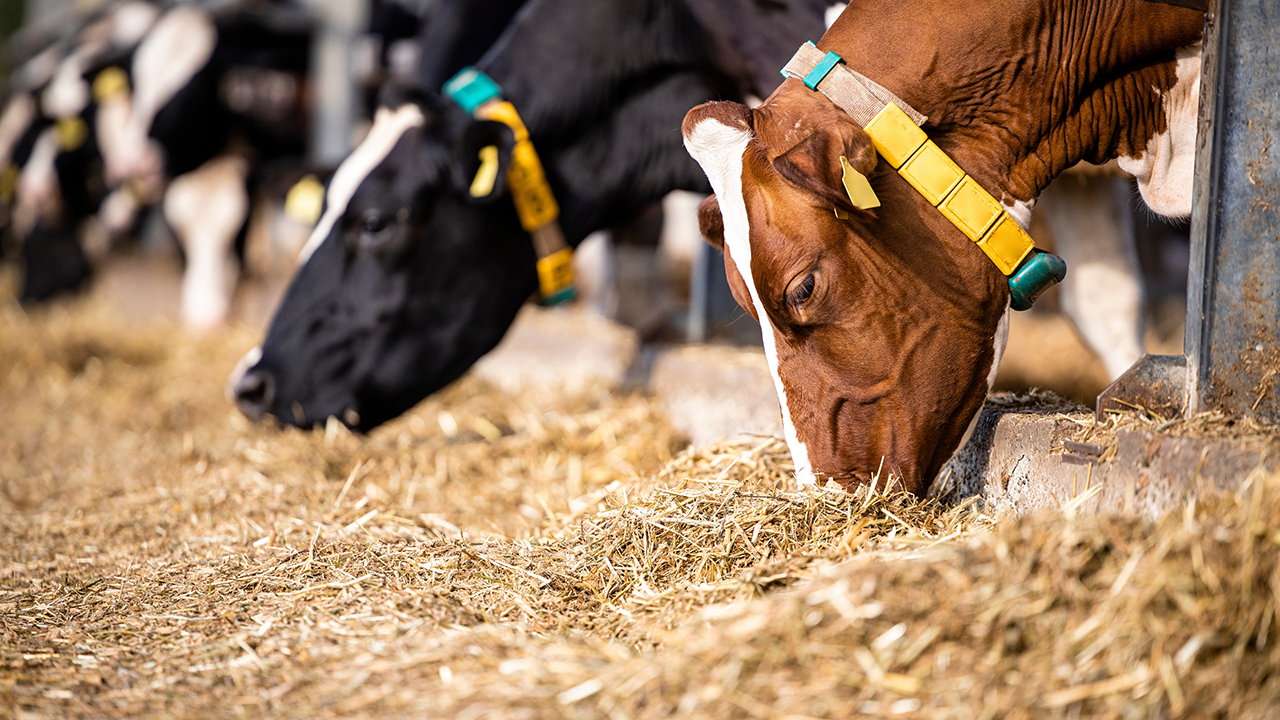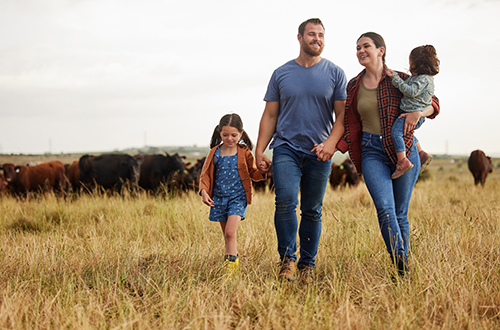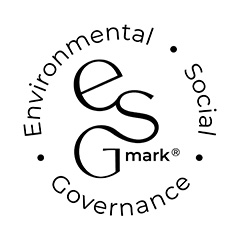In many ways VAT doesn’t follow direct taxes in differentiating between trade and investment.
An asset is either used to generate consideration for its supply or it isn’t. Equally, in VAT there is no differentiation between “agriculture” and “business” activities (see our article:
Is hay growing a business? Is it agriculture? What are the wider effects?
).
The old test of what constituted a business was known as the Fisher test (a case where a shoot was held each year) and you had to address the following:
-
Is the activity earnestly pursued?
-
Is there a measure of substance?
-
Is there reasonable continuity?
-
Are the supplies made on sound business principles?
-
Are supplies made for consideration?
-
Are the supplies a type normally made for profit?
In 2019 there was the first hearing of a VAT case for Babylon Farm Limited. The business sold hay. It had one Director, Mr McLaughlin and one customer, the same Mr McLaughin, who ran a livery on the farm he owned, and which was the principal place of business for Babylon.
Babylon reclaimed nearly £20,000 in input VAT for refurbishing a barn on Mr McLaughlin’s farm, whilst only declaring output tax of £440 (see below for VAT treatment of hay). Often sales of hay did not generate tax invoices.
The Tribunal concluded that there was no business for VAT purposes not because it was hay, but because it wasn’t being run on “sound business principles”.
Since this case HMRC have “simplified” their definition of what constitutes a business for VAT to:
-
Stage one: Does the activity result in a supply of goods or services for consideration, i.e. is there a direct link between the supply and the payment?
-
Stage two: Are the goods or services provided to obtain “remuneration”? Here, “remuneration” is taken to mean income obtained on a continuing basis.
This doesn’t necessarily mean that the decision on the Babylon case would have been different under the new definition as the Fisher test is still available to HMRC to “identify those factors which should be considered”.
VAT treatment of sales of hay
To cover all the VAT issues for hay there’s also the point of what rate of VAT is applicable. Most food for human consumption is zero-rated (but VAT and food is truly labyrinthine at times and has produced the most famous VAT case of the Jaffa Cake). This zero-rating includes food for animals produced for human consumption.
Of course, some animals normally considered as livestock could be kept as pets. HMRC’s examples include horses, ponies and sheep. For these pets, their food can be zero-rated unless it is packaged or held out for sale in a way that shows it is intended for a pet. So, if hay is sold and marketed for consumption by livestock, it can be bought for “pets” and still be zero-rated.
If you have any questions about the above, or would like more information specific to your circumstances, please enter your email address below and we will get in touch:













